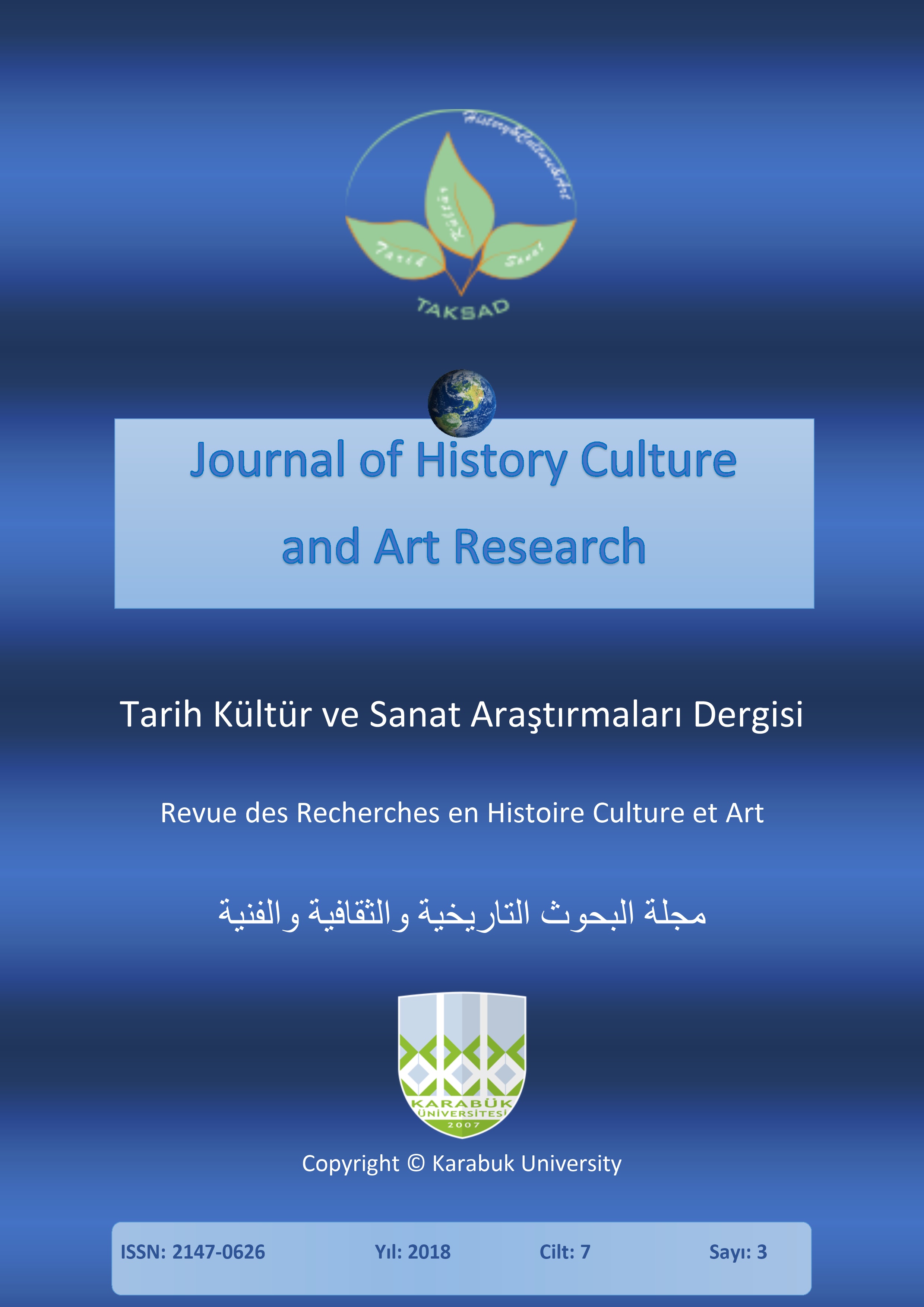Memory of Subjects of Communication: The Structural and Functional Components
DOI:
https://doi.org/10.7596/taksad.v7i3.1707Keywords:
Subjects of communication, Psychological mechanisms, Sensory register, Short-term memory, Long-term memory.Abstract
The essence of psychological theories of memory is highlighted in the article. It is proved that the memory of subjects of communication has a three-component structure: the sensory register, short-term and long-term memory. The specifics of the work of psychological mechanisms of each of its structural and functional components are revealed. Physical signs of new information items that are valuable to communication subjects, are transmitted to processing and preservation, and invaluable and unrecognized – are sent to the sensory register buffer. Two directions of movement of the signs of information units in the short-term memory – incoming and outgoing – are considered. Through the incoming direction, psychological mechanisms supply valuable signs of information units for parallel or sequential processing, integration into a holistic image and encoding, and through the outgoing – direct them to reproduction or to long-term memory for storage. In long-term memory, they activate the appropriate and inappropriate codes and represent their semantic concepts for both recognizing the signs of new information units and for reproducing memorized information in order to enrich, modify, consolidate or implement it.
References
Atkinson, R. C. & Shiffrin, R. M. (1968). Human memory: A proposed system and its control processes. In K. W. Spence and J. T. Spence (eds.), The psychology of learning and motivation: Advances in research and theory (vol. 2, pp. 89- 195). New York: Academic Press.
Ebbinghaus, H. (1913). Memory: A contribution to experimental psychology (H. Ruger, & C. Bussenius, Trans.). New York, NY: Teachers College.
Freud, S. (2014). A General Introduction to Psychoanalysis (G. Stanley Hall, Trans). Adelaide: The University of Adelaide.
Hrechenko, T. N. (1979). Neyrofiziologicheskie mehanizmy pamyati. Moskva: Nauka. (in Russian).
James, W. (1893). Psychology: Briefer Course. N.Y.: H. Holt & Co.
Kisil, S. G. (1994). Produktivnist KChP u zv’yazku z tipologichnimi vlastivostyami nervovoyi sistemi lyudini. Diss. … kand. psihol. nauk. Kiyiv. (in Ukrainian).
Kytaiev-Smyk, L. A. (1983). Psihologiya stressa. Moskva: Nauka.
Kohler, W. (1969). The Task of Gestalt Psychology. Princeton, NJ: Princeton University Press.
Konopkin, O. A. (1980). Psihologicheskie mehanizmy regulyatsii deyatelnosti. Moskva: Nauka. (in Russian).
Leontev, A. N. (1977). Deyatelnost. Soznanie. Lichnost. Moskva: Politizdat. (in Russian).
Levitov, N. (1964). O psihicheskih sostoyaniyah cheloveka. Moskva: Prosveschenie. (in Russian).
Lewin, K. (1935). The dynamic theory of personality. New York: McGraw-Hill.
Pavlov, I. P. (1950). Izbrannye trudy po fiziologii vyisshey nervnoy deyatelnosti. Pod red. N. Markova. Moskva: Izdatelstvo Ministerstva prosvescheniya RSFSR. (in Russian).
Reikovskyi, Ya. (1979). Eksperimentalnaya psihologiya emotsiy. Per. V. Vilyunasa. Moskva: Progress. (in Russian).
Rubin, E. (1949). Experimenta psychologica: Collected scientific papers in German, English & French. Copenhagen: Ejnar Munksgaard.
Selie, H. (1974). Stress without distress. N.Y.: Lippincott.
Skinner, B. (1989). Recent issues in the analysis of behavior. Columbus, OH: Merrill.
Spenser, G. (1897). Osnovaniya psihologii. St. Petersburg: Izdanie I.I. Bilibina. (in Russian).
Vekker, L. M. (1981). Psihicheskie protsessy. Volume 3. Leningrad: Leningradskiy universitet. (in Russian).
Vyhotskyi, L. S. (1999). Myishlenie i rech: psihologicheskie issledovaniya. Pod red. G. Shelogurovoy. Moskva: Labirint. (in Russian).
Watson, J. B. & Rayner, R. (1920). Conditioned emotional reactions. Journal of Experimental Psychology, 3, 1–14.
Downloads
Published
How to Cite
Issue
Section
License
All papers licensed under Creative Commons 4.0 CC-BY.- Share — copy and redistribute the material in any medium or format
- Adapt — remix, transform, and build upon the material for any purpose, even commercially.
Under the following terms:
Attribution — You must give appropriate credit, provide a link to the license, and indicate if changes were made. You may do so in any reasonable manner, but not in any way that suggests the licensor endorses you or your use.
- No additional restrictions — You may not apply legal terms or technological measures that legally restrict others from doing anything the license permits.







